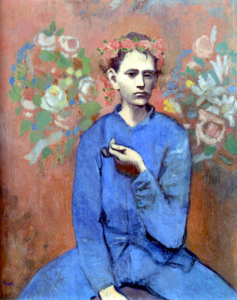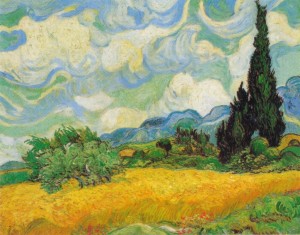Imagination (Don’t Make It So)
 The wonderful thing about imagination is that you see things other people don’t. The problem with imagination is that you see things other people don’t.
The wonderful thing about imagination is that you see things other people don’t. The problem with imagination is that you see things other people don’t.
Artists have a lousy record with reality. Part of the deal is that your mind wanders all over the place—there has to be some sort of random-thought generator going on inside, because things that would just fly right by the normal brain quickly find a home and start to grow and multiply like weeds in an untended yard. Pretty soon, that piece of paper on the curb turns into a note someone threw out the window of a car while they were being kidnapped and…hey, that’s not a bad story, is it?
But the other reason it’s a blessing is because artists tend to use imagination for a comforting and maybe misleading purpose: to draw lines between people and events, to assign meaning and feeling to the shifts in the wind and the coming of the sunshine after the rain. All these things take on a cast of intention in stories and paintings and songs that they show no sign of actually having in life. Because art talks about the inner life and then translates the outside world to suit.
The problem with a creative mind is that you can’t turn it off when dealing with real life and sometimes that causes problems. You see possibilities in real things and real people that they just don’t see or may not even be slightly interested in. You trace meaning into a situation where other people are just rolling along, minding their own business, letting the wind blow. And sometimes you hurt people because you just don’t understand why they didn’t see (or care about) what you saw so clearly.
Today, I’m going to let the sun shine and the wind blow and remind myself that they don’t mean a thing. And when other people talk to me or look me in the eye and smile or frown, I’ll try to remember I’m just a bit player in their movie, too.

